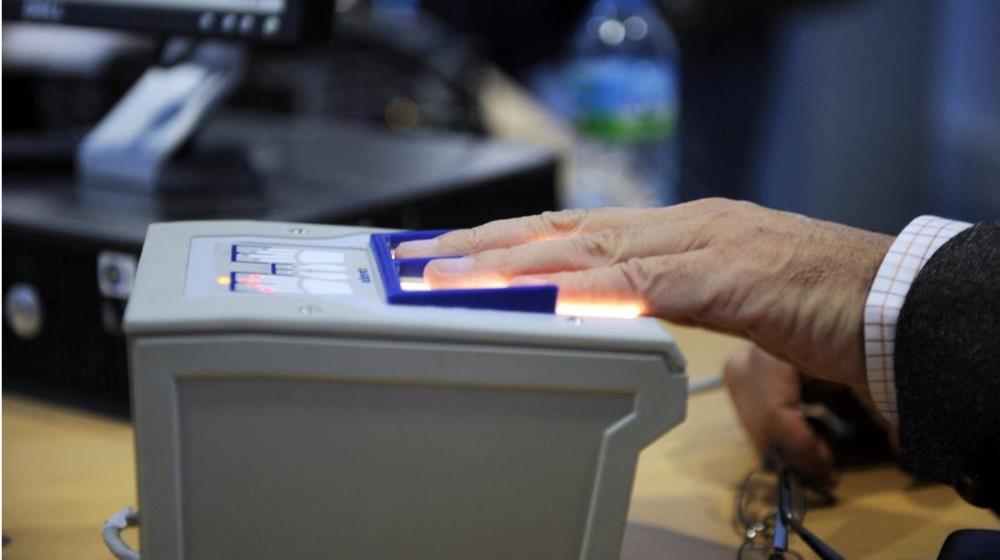The European Union is preparing to implement, starting in October, a new unified entry-exit system, which is expected to bring significant changes to the process of controlling passengers entering or leaving member states.
This system will be applied in the countries that are part of the Schengen Zone, with authorities already moving ahead with installing the necessary equipment and training personnel. The new technology allows for the digital registration of entries and exits of travelers from third countries outside the EU, with automated recording of biometric and travel data, replacing traditional manual checks by border staff. This means that passengers will pass through checkpoints faster, with increased security and better border management.
Upon entering a Schengen country, travelers will undergo a biometric check (facial photo and fingerprints), while their entry and exit dates and locations, as well as their length of stay, will be recorded. The data will be stored for three years and will be accessible to the relevant border and immigration authorities.
The implementation of the new system represents an important opportunity to improve the passenger experience and enhance the efficiency of procedures. With reduced delays and waiting times, airports will be able to better manage the growing volume of travelers, especially during peak periods.
The original version of this article, in Flight Mode, can be viewed here.









